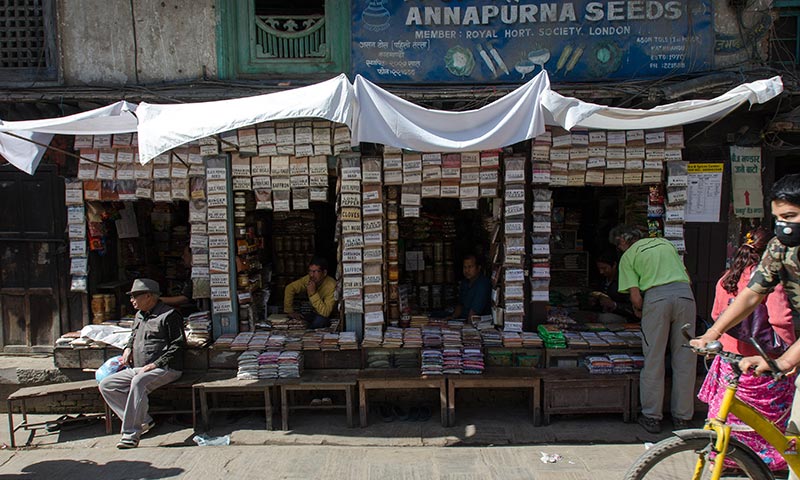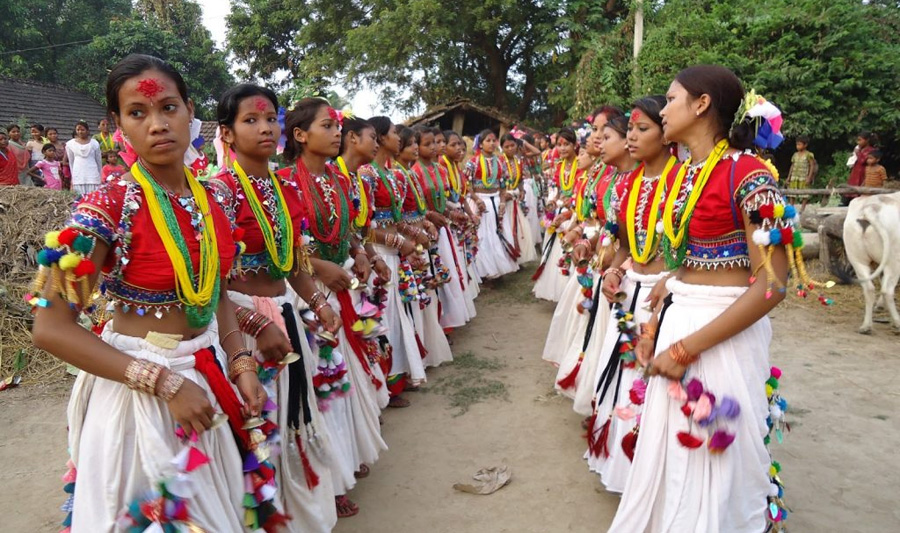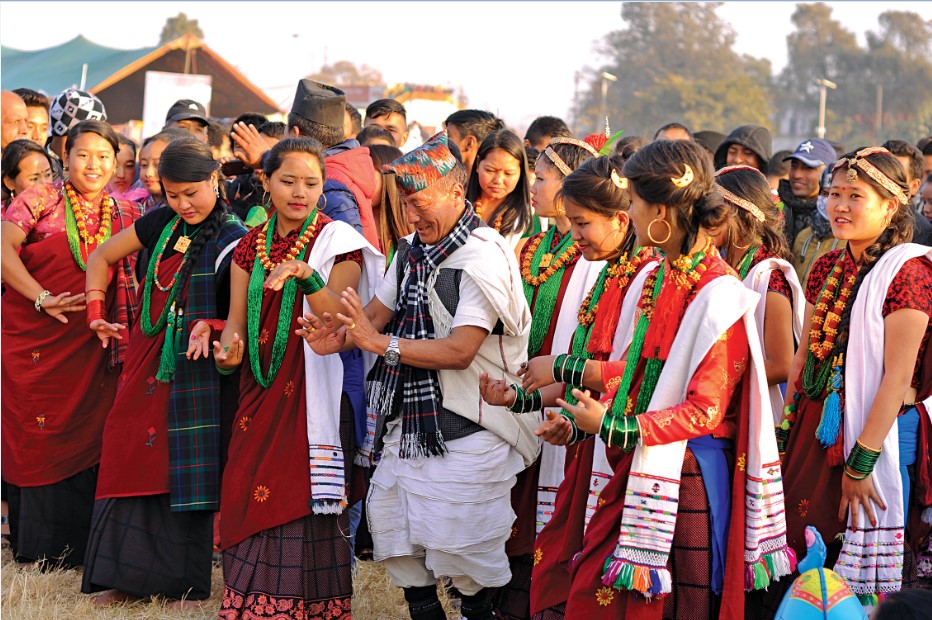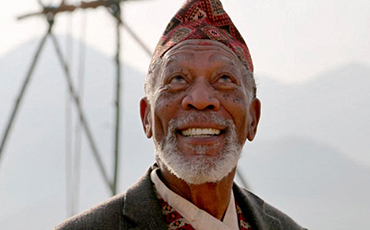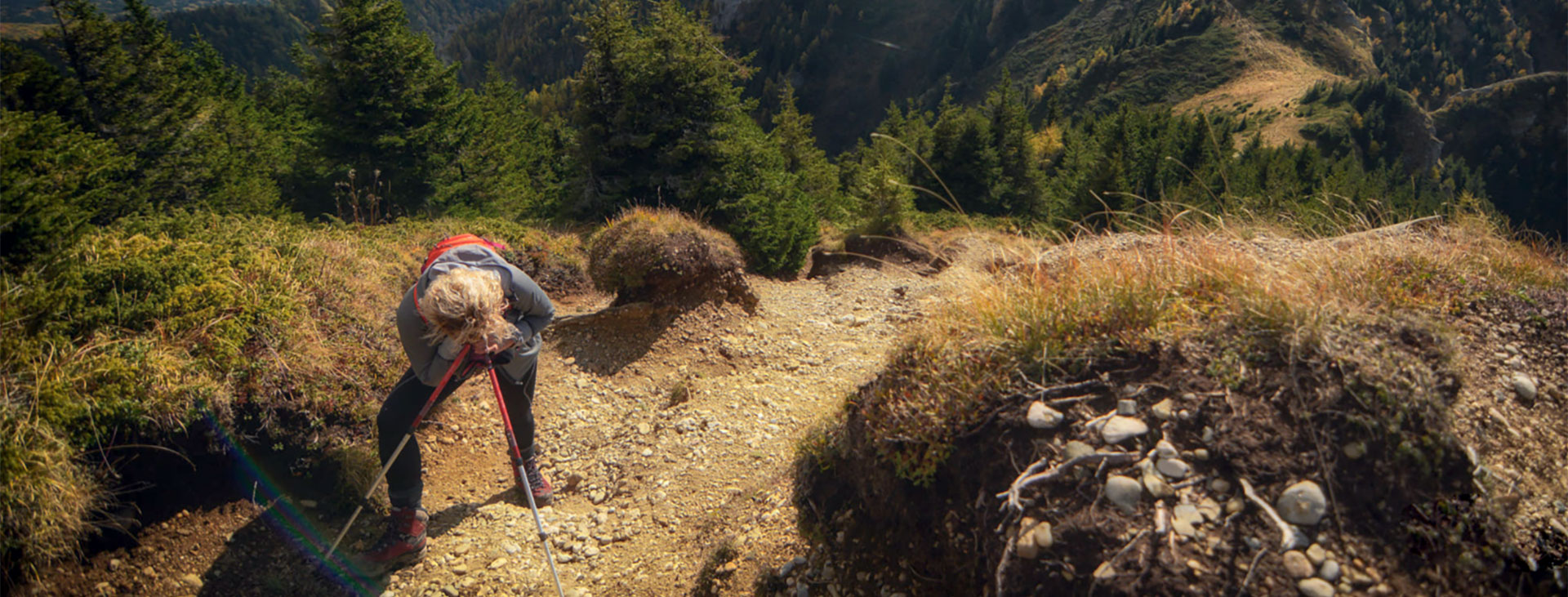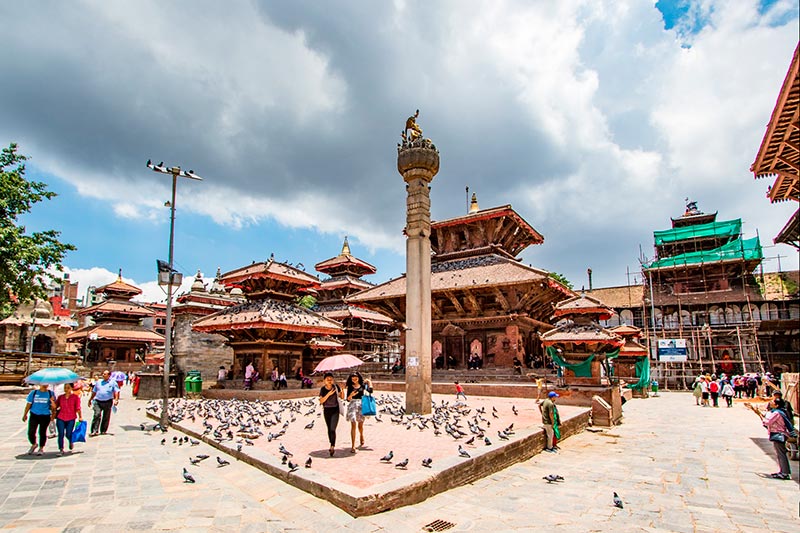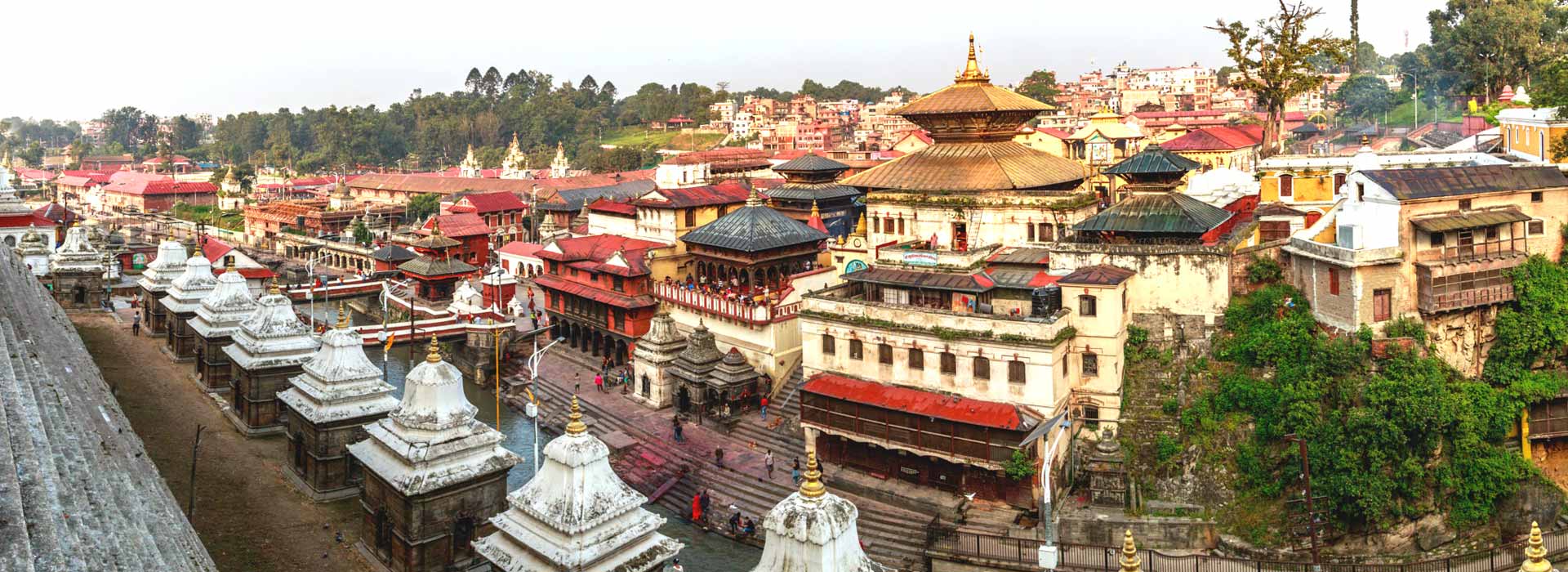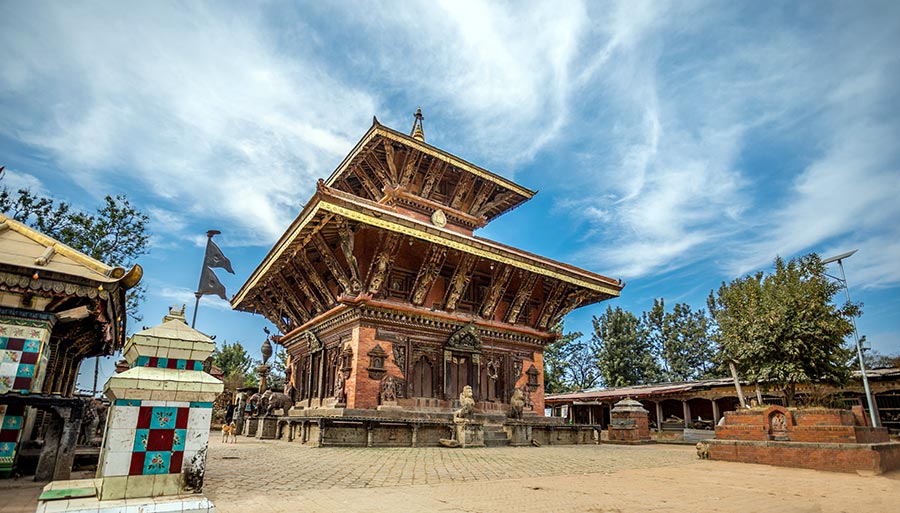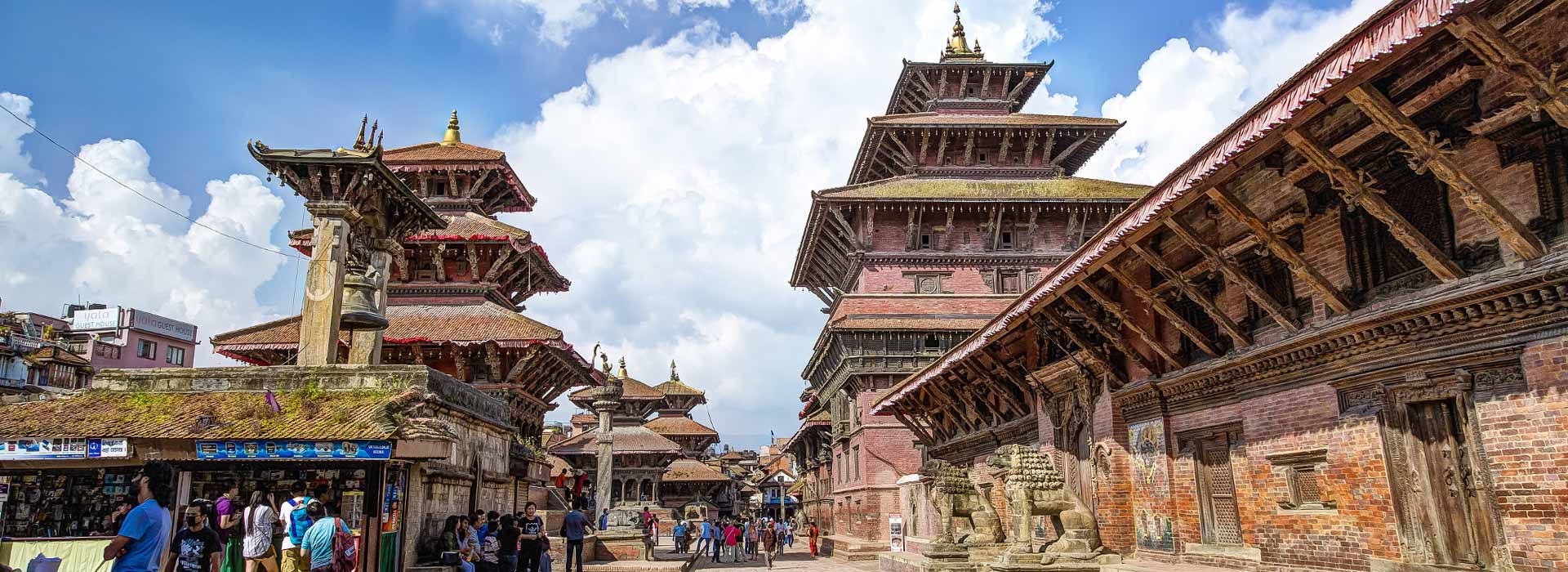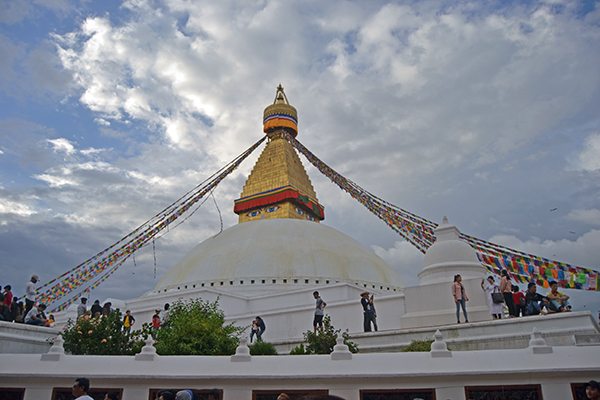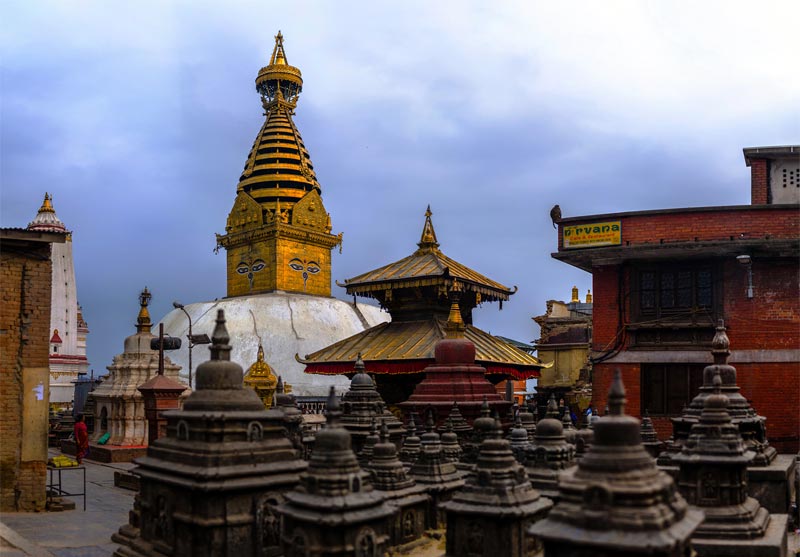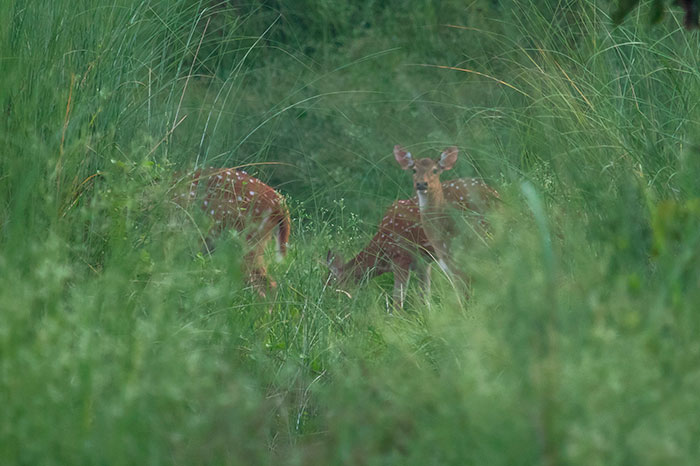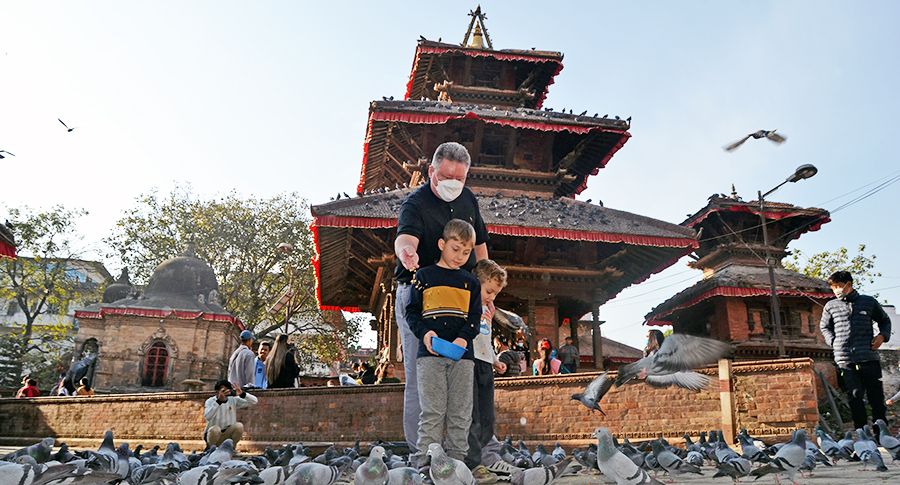How to deal with Altitude Sickness while trekking in Nepal
The purpose of this page is to discuss difficulties related to high altitude mountain sickness while visiting Nepal’s alpine areas. Our safety expert discusses the signs of AMS, the significance of delayed acclimatization, and the importance of staying hydrated.
When traveling at high elevations, Acute Mountain Sickness (AMS) can be dangerous to your health. Nepal’s spectacular mountain landscape offers a plethora of walks, attracting trekkers of all abilities all year to go on multi-day treks to Annapurna Base Camp, Everest Base Camp, or other high mountain paths.
But, before you plan your Nepal trip, here’s what you should know about altitude sickness.
What is Altitude Sickness?
Above 8,000 feet, altitude sickness becomes a significant concern (2,400m). Most individuals may have shortness of breath as they acclimate, but headaches, vomiting, difficulty sleeping, and the start of pulmonary edema (fluid on the lungs) are also major signs of AMS.
It’s critical to acclimate slowly while trekking in Nepal, and most guides will make sure you sleep at a lower altitude than you attained that day. It is also critical not to become dehydrated and to pace yourself. From the first day of the walk, take it slowly, remain with the group, and rest if you’re feeling ill.
The development of pink frothy liquid around your mouth and nose, dyspnea when resting, severe headaches, lack of coordination, and vomiting should be recognized as AMS, and the best cure is to descend. The only therapy for this extremely dangerous disease is to descend.
Where does altitude sickness occur?
Above 2,400 meters, any journey in the Himalayas — whether in Nepal, Bhutan, India, or Pakistan – poses a risk. Many individuals that arrive in Cusco, Peru with the intention of hiking the Inca Trail are affected. Morocco’s Atlas Mountains are likewise a high-risk area. Kilimanjaro in Tanzania/Kenya is also at blame for a number of incidents. Few European Alpine resorts are higher than 8,000 feet (2,400m). However, several resorts in the United States, particularly in Colorado, are closer to 9,840 feet (3,000m).
Altitude sickness acclimatization
While hiking in Nepal, your tour operator will ensure that you have adequate acclimatization before ascending to high altitudes.
Trekkers follow the guideline of ‘climb high, sleep low.’ Ascend to a new height throughout the day, then lower somewhat at night to sleep. The zigzag path helps your body to acclimate to the reduced oxygen pressure.
If someone claims that they can do a 10-day walk in seven days, it’s a solid indicator that they don’t follow the ‘sleep low’ guideline. Heading directly up all day, each day is a problem waiting to happen. Find time or choose an alternative route if you don’t have time for a long hike.
Some individuals dream of climbing a Himalayan mountain or hiking in Nepal but are concerned about the effects of the high altitude.
It’s a good idea to see a travel clinic or speak with a doctor who understands your medical history before going to altitude. This is especially true if you have a pre-existing health issue or will be taking altitude sickness medication.
What exactly is altitude sickness?
There are three types of altitude sickness. Acute mountain sickness, or AMS, is a common symptom of high-altitude travel. The most frequent symptoms are headache, upset stomach (especially vomiting), exhaustion, dizziness, lightheadedness, and difficulty sleeping.
Many individuals liken AMS to a severe hangover! However, while it may feel unpleasant, it normally goes away on its own with good self-care.
In this piece, when I refer to “altitude sickness,” I refer to AMS. Yet, you should be aware of two more forms of altitude sickness.
If you’re a lover of climbing horror stories, you’re probably aware of two more severe kinds of altitude sickness: HAPE (high altitude pulmonary edema) and HACE (high altitude cerebral edema) (high-altitude cerebral edema). There is a buildup of fluid from around the lungs and the brain in each of these cases.
In comparison to AMS, HACE and HAPE are uncommon. They are, nevertheless, crises that necessitate quick descent and medical assistance.
The Institute for Altitude Medicine has information on all three types of altitude sickness.
What Causes Altitude Sickness?
Despite common assumptions, oxygen molecules make up the same 21% of the air at high altitudes as they do at sea level. Due to the reduced air pressure, the oxygen molecules are spread wider apart.
This implies that each breath brings in fewer oxygen molecules. As a result, your blood transports less oxygen to your cells, including your working muscles. Digestion necessitates a lot of oxygen, which is why many individuals get stomachaches when they’re at a high altitude. Increased heart rate or low carbon dioxide levels might cause sleep problems. (At extremely high altitudes, some individuals cease breathing for a few seconds while sleeping and wake up depleted of oxygen.)
Science still isn’t sure exactly why low atmospheric pressure causes headaches.
Altitude sickness begins at what Elevation?
Around 5,000 feet, many hikers from lower elevations notably become more winded. Some people detect slight alterations in their vision as well (especially poorer night vision).
Susceptible people may begin to feel unwell about 6,000 feet. A headache or other altitude sickness symptoms are reported by around half of those who spend time above 8,000 feet.
People who spend time above 10,000 ft. and 12,000 ft. are more likely to develop HAPE and HACE.
How long does altitude sickness last?
When you arrive at a high altitude, your body adapts almost instantly by boosting your breathing rate, pulse rate, and blood pressure. Within a few hours, your body begins to produce more red blood cells to collect and deliver oxygen. If you remain around for a week (or perhaps a few months), your body will adjust in astonishing ways.
However, there is a temporal lag in which your physiology has not yet caught up with reality. Signs of altitude sickness usually start within 24 hours after arriving at elevation and linger for 1–2 days (assuming no further gain in elevation).
Is it possible to stop altitude sickness?
No, not always. Certain persons appear to be genetically predisposed to altitude sickness. According to research, typically shallow breathers may be more vulnerable.
You may, however, lower your risks of experiencing devastating altitude sickness by properly exercising, spending additional time to acclimate, climbing cautiously, and practicing excellent self-care.
Does any training help to reduce the chance of getting altitude sickness?
To some extent, the statement is correct. High-altitude indigenous peoples (think Sherpas and Tibetans) have a naturally high VO2 Max, according to research. This implies that their bodies use the limited amounts of oxygen in the air very efficiently.
Hikers, trekkers, and climbers traveling to high altitudes might also benefit from basic cardiac exercise suggestions.
Usually begin by establishing a solid aerobic foundation over lengthy, steady distances (3-4 effort level on a scale of 10). One of these exercises should be your “long” run or hike, accounting for 30 to 50% of your overall training volume. Regardless of how advanced you get, 70–80 percent of your training should be at this level.
Once you’ve completed three hours of long, moderate distance training per week, including some tempo runs or lengthy intervals to challenge your lactate threshold. These should be done 1–2 times per week at a 6-7 effort level.
Add a high-intensity interval workout that pushes your VO2 max after you’ve effectively trained for roughly 7 hours per week. Reduce the rest time between intervals gradually so that your body becomes accustomed to a buildup of hydrogen ions in your blood.
Are there any preventive measures?
Here are some altitude sickness avoidance techniques I’ve gleaned from fellow climbers, guides, and my personal experience.
Allow for some acclimatization period. It’s advisable to take a few leisure days to rest at intermediate and then high elevations before trying your ultimate climb. If feasible, spend at least three days above 8,000 feet (or perform simple day treks) before trying the main event.
It is safer not to sleep more than 1,500 feet above your previous camp on any given day. Consider the ultra-slow speed. Ascend at a conversational speed at all times. According to data, the persons who are most prone to experience altitude sickness are young and fit. This is most likely due to their tendency to ascend quicker than the rest of the squad.
Drink lots of water, but don’t overdo it. At higher altitudes, two to four liters each day is sufficient for more people.
Avoid alcohol and benzodiazepine-containing sleeping medicines (most often, Benadryl/diphenhydramine). They may exacerbate your sleeping problems. If you’re worried about your sleep or jet lag, talk to your doctor about high-altitude drugs.
How do I deal with Sickness once I’ve got it?
Descending is the most effective treatment for altitude sickness. Going down a few hundred feet may make a significant effect. If it isn’t feasible to descend, rest at the same elevation (and don’t even try to sleep higher).
Maintain adequate self-care during your sickness. Get a lot of rest. Drink liquids as much as you can and eat as much as you can. You may feel extremely hungover and unwell, but remember that most individuals with AMS recover in a day or two.
While most episodes of altitude sickness resolve on their own, be on the lookout for signs of HAPE and HACE, particularly if you’re over 10,000 feet.
Should I take Diamox/Acetazolamide pills for altitude sickness?
In recent years, several hikers have raised concerns about whether these medications may assist them to conquer Himalayan peaks.
This question tends to arouse strong feelings in the climbing community. Simply asking a few experienced mountaineers will reveal that many have strong opinions on the matter!
The Positive side of using Diamox
When others advise cautious ascent, drugs like Diamox are modestly effective at avoiding altitude sickness. For the best results, begin taking the medicine 1–2 days before your journey to altitude.
Diamox can be used to treat altitude sickness even if it is not used as a preventative measure. Consult your doctor to decide the proper dose for you.
The negative side of using Diamox
The primary worry of experienced guides and mountaineers regarding the Diamox is that it is not a magic bullet. By acclimatizing appropriately, rising slowly, drinking, and eating modest, carbohydrate-rich meals, you may attain the same advantages without the bothersome side effects.
Diamox can temporarily disguise symptoms of altitude discomfort, according to the data. When pushing themselves on a trek or ascent while taking Diamox, someone who is having moderate altitude symptoms may become fairly unwell.
Simply put, Diamox is no substitute for good acclimatization and gradual ascent (1,500 ft. per day between camps). It should never be used to force yourself against acclimatizing beyond the suggested time frame.
Is it possible to organically prevent Altitude Sickness?
As you journey and climb across the world, you’ll notice that many civilizations employ foods and plants to combat altitude sickness. Tibetans consume yak butter tea and garlic soup. Coca leaves are chewed and coca tea is consumed by South Americans. Perhaps some of these natural cures will be beneficial to you. Trying them will be a great cultural experience at the very least.
